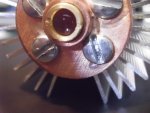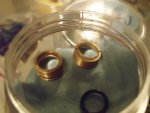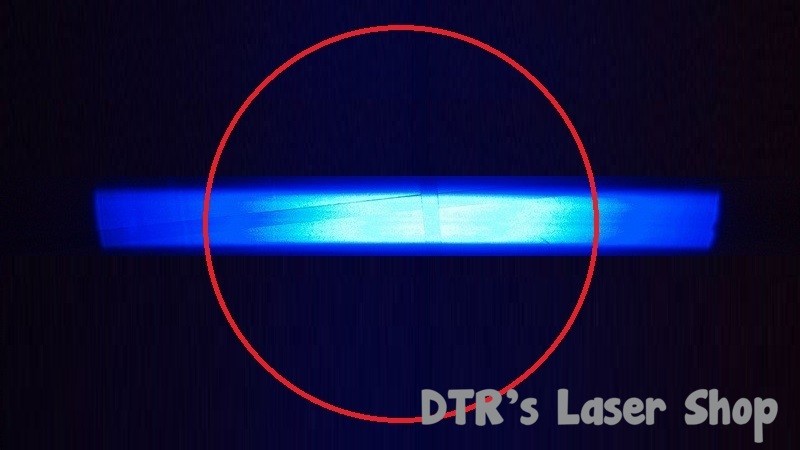OK
A 30% increase is not the same as a 30% decrease.
For instance if you had a 100 watt laser and got a 30% increase you would have 130 watts.
But if you had a 130 watt laser and took a 30% decrease it would be 91 watts.
It generally takes double the power to visually see half again the brightness.
So a 1400mw laser would look half again as bright if it was 2800mw.
Estimates
NDG7475 @ 2.4 amps
3 element 1075mw
G7 1200mw
G2 1400mw
The perceived brightness difference is 1/7 again as bright so if 1075mw looks like a 7 then 1400mw looks like an 8
Divergence for that laser, eh
You will see that a MM beam is not round, the G2 looks good pointing at a star on 1 axis, rotate it 90 degrees and you see if fan out to a line, the 3 element trades wide for thin or thin for wide, they are both tolerable for that diode, I hold mine wide to thin. If you hold the G2 on the thin side it looks good.
The bigger diodes it really stands out as a line.
Just try it and see but always safety first.









